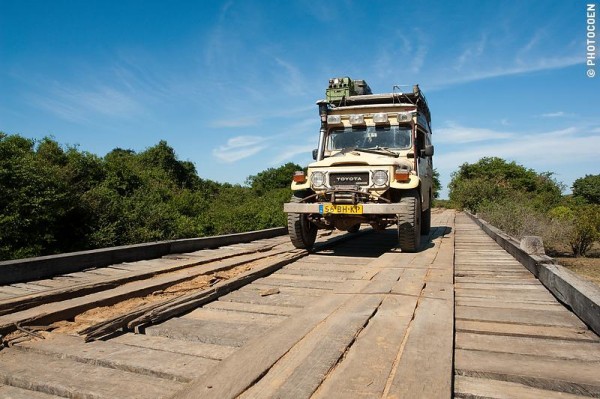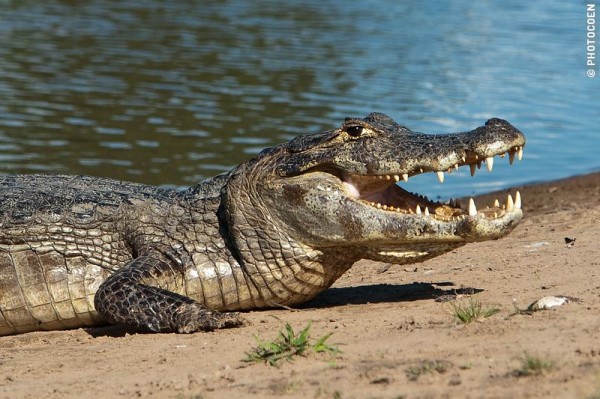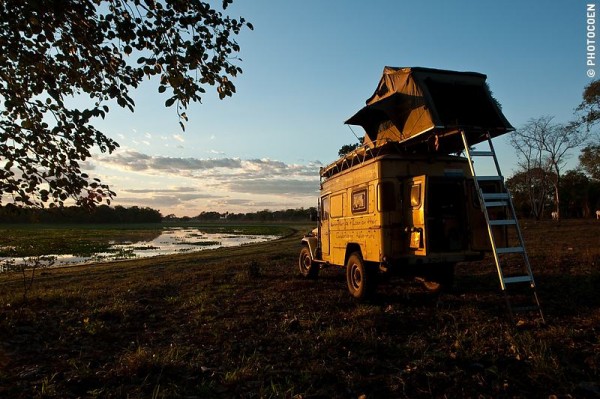THE PANTANAL is the world’s largest inland wetland (about half the size of France). It’s situated mostly in western Brazil, with fingers into eastern Bolivia and northern Paraguay. During the rainy season the rivers overflow, turning fields and forests into a vast sea dotted with islands. Some ranches here can only be reached by boats for months on end; others may have access to an airstrip (generally a flattened stretch of grass). As economic development progresses, more wetland is transformed into cattle ranches, one of the region’s most pressing environmental concerns.
Because the Pantanal consists largely of open stretches of flatland, it is one of the most rewarding areas in South America to see wildlife — much better than, for example, the Amazon, where dense foliage often prevents you from spotting the animals you hear all around you. The best time of year to visit the Pantanal is July and August, when the water level is at its lowest and animals gather at the few remaining reservoirs.
There are 4 ways in.




